For any oral care or cosmetic brand looking to enter the U.S. market, understanding teeth-whitening safety regulations is the first and most essential step. Teeth-whitening products often fall under the U.S. Food and Drug Administration (FDA) and Federal Trade Commission (FTC) jurisdictions. Depending on the composition and intended use, they can be classified as either cosmetic products or over-the-counter (OTC) drugs. This classification determines which set of US local laws and compliance procedures apply to the ingredients used.
The FDA requires all ingredients used in teeth-whitening formulations to be safe for their intended use. Hydrogen peroxide and carbamide peroxide—two of the most common whitening agents—must be used within concentration limits considered safe by the FDA. Manufacturers must ensure full ingredient compliance by verifying purity levels, stability, and labeling accuracy. Under FDA requirements, any claims about whitening effects or medical benefits must be backed by scientific evidence to avoid regulatory penalties.
In addition to federal laws, US local laws vary by state. For example, some states require additional disclosure of chemical ingredients, while others may regulate the concentration of active ingredients used in consumer whitening kits. California’s Proposition 65, for instance, mandates warnings if certain chemicals are known to cause cancer or reproductive harm. Brand owners must ensure compliance not only at the federal level but also with each state’s specific safety regulations.
Proper labeling is another critical component of teeth-whitening safety regulations. Labels must clearly list all active and inactive ingredients, usage instructions, and warnings for possible side effects such as tooth sensitivity or gum irritation. Misleading claims, such as “instant whitening” or “clinically proven results” without evidence, can trigger FDA or FTC actions. Ensuring transparency in both labeling and marketing builds trust with consumers and reduces legal risks.
To comply with FDA requirements, manufacturers of teeth-whitening ingredients must follow Good Manufacturing Practices (GMP). These standards help ensure consistent product quality, minimize contamination risks, and guarantee ingredient stability. When sourcing from a manufacturer, brands should confirm that the factory is GMP-certified and familiar with both US local laws and ingredient compliance protocols for oral care products.
Finding a manufacturing partner who understands teeth-whitening safety regulations can make or break your market entry. A reliable supplier should provide documentation proving that all raw materials meet FDA requirements and relevant state laws. They should also assist in safety testing, formulation adjustment, and compliance reporting. Collaborating with such a manufacturer not only ensures regulatory safety but also positions your brand as a trustworthy choice for consumers.
Electric Toothbrush Parts & Accessories Supplier
Electric Toothbrush Subscription Service OEM | Recurring Revenue Model for Oral Care Brands
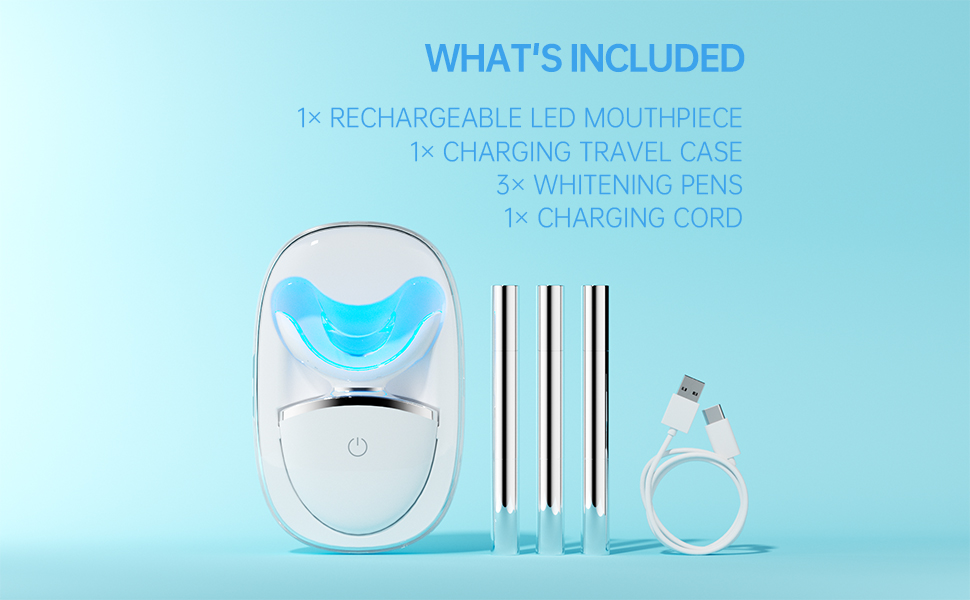
Balancing Efficacy & Safety: Hydrogen Peroxide Whitening Timelines for OEM Products

Does Your Electric Toothbrush Factory Hold Stringent Quality Control Certification?
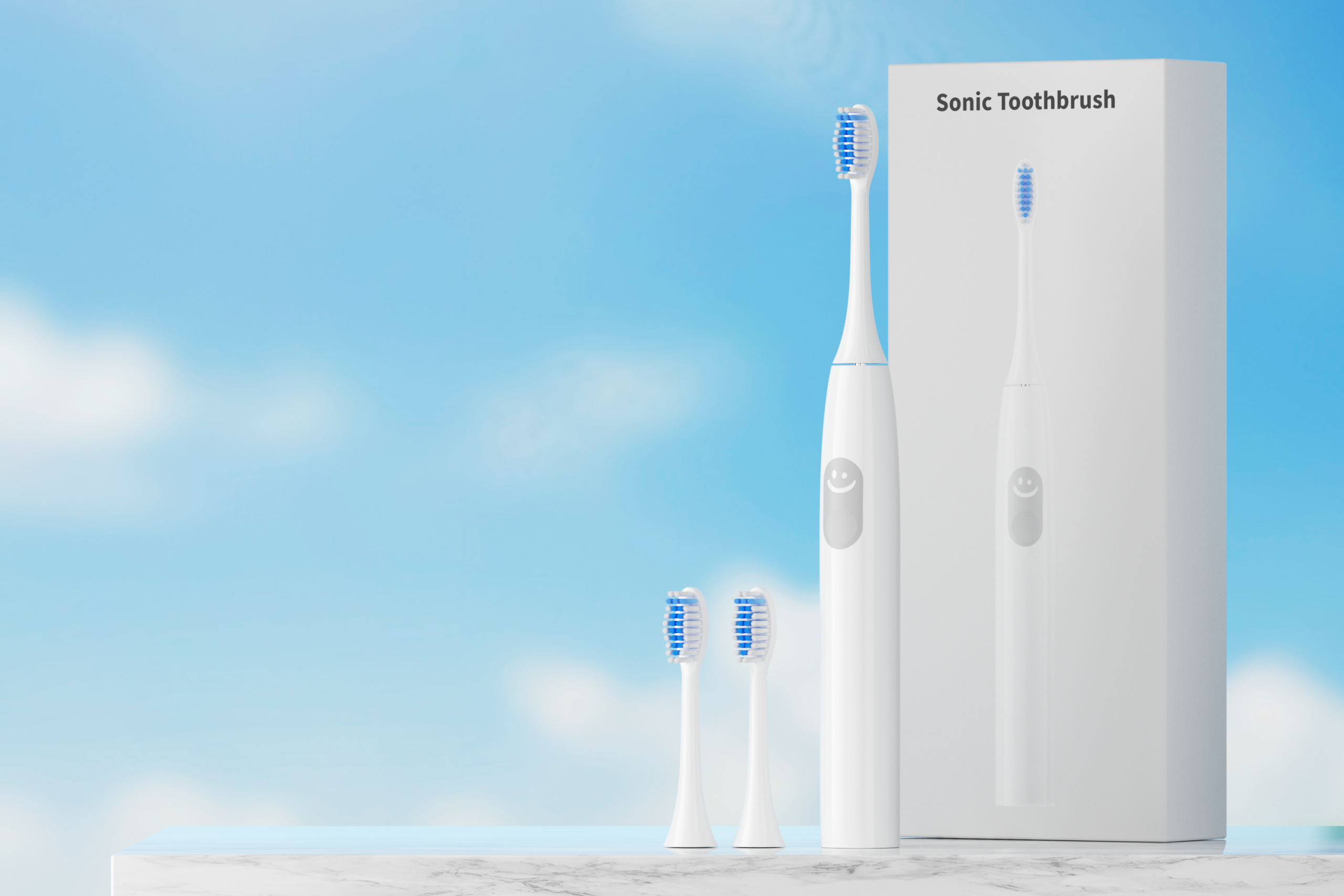
Is the Dallas toothbrush sale in-store only? Find Dallas store toothbrush stock!
Sonic Toothbrush Factory for Brands
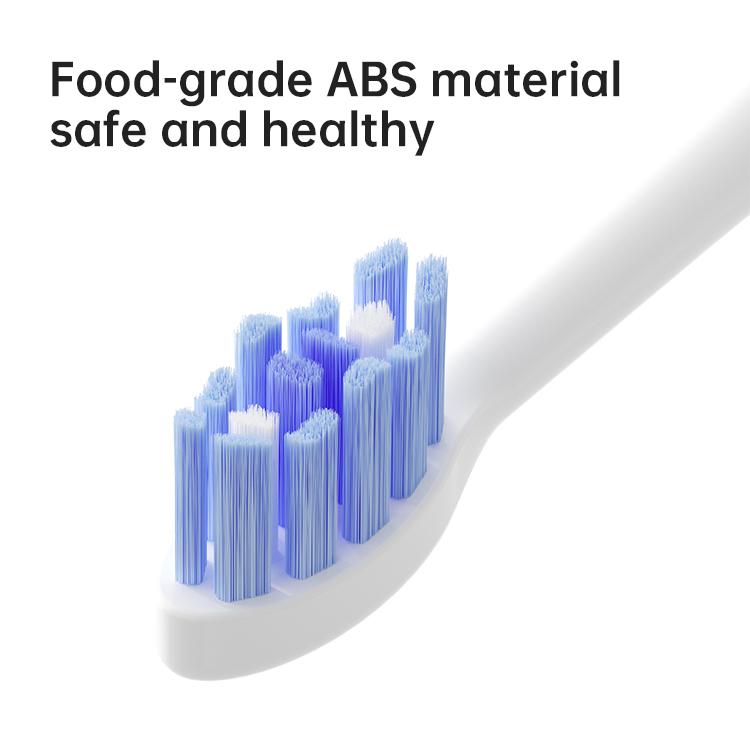
Why Choose a Quiet Water Flosser Supplier Sourced from a Cordless Water Flosser Factory?
Sustainable Toothbrush Packaging Supplier

Why NY dental recommended brands use NYC pressure sensor tech
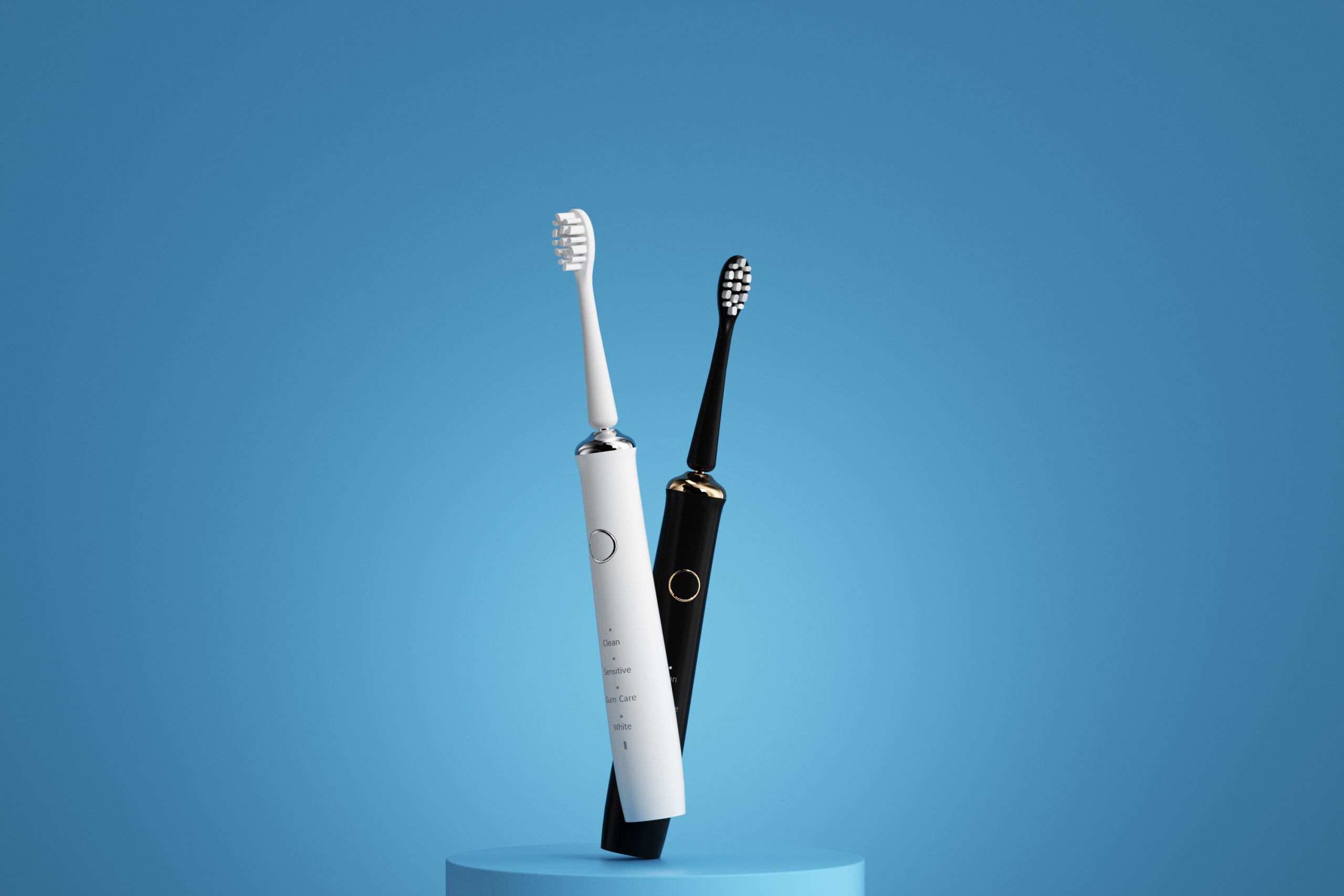
Where to Find Affordable Electric Toothbrushes in Los Angeles?

Why is Whitening Kit Ingredients Custom Vital for Producing SGS Tested Whitening Kit?

Why Should You Cover Your Toothbrush in the Bathroom? Hygiene Insights from Manufacturers
.jpg)
Inside an Electric Toothbrush: Understanding Battery Types for Smart OEM Sourcing
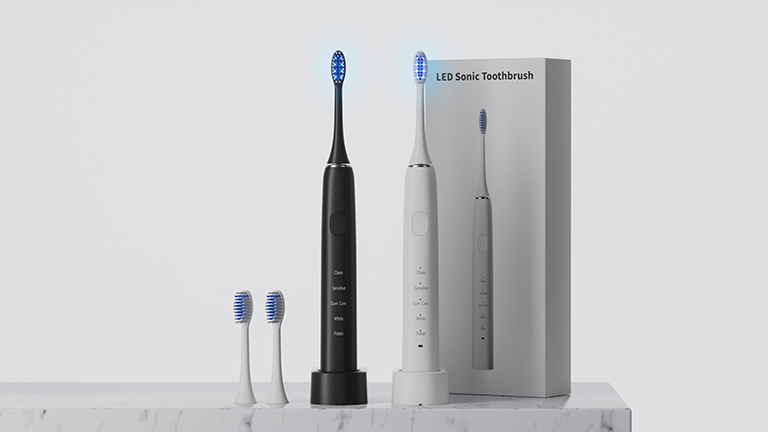
How Long Does It Typically Take to See Results in Teeth Whitening When Using Electrical Oral Care Products?
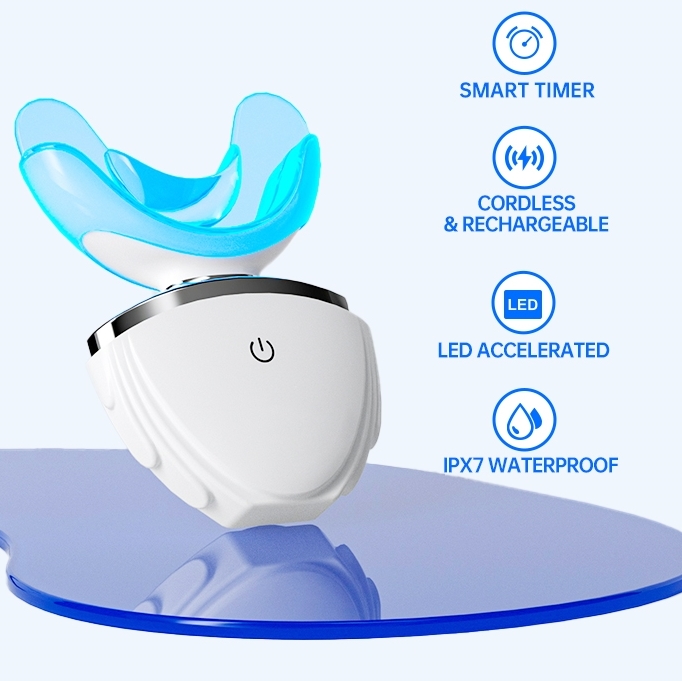
Why is Home Use Whitening Kit Efficacy Dependent on Carbamide Peroxide Whitening Formulas?
.jpg)
California-Based Electric Toothbrush OEM with FDA Certification

Customization Teeth Whitening Gel

electric toothbrush heads Deep Clean

electric toothbrush heads Ultra Soft

electric toothbrush heads Regular Clean

electric toothbrush heads Charcoal Infuse-Round

Electric toothbrush heads Charcoal Infused-Diamond
.jpg)
Florida Electric Toothbrush – Powsmart PTR-C8

Private Label Whitening Gel
whstapp
whstapp
National Toll-Free Service Hotline
+86 755 86238638